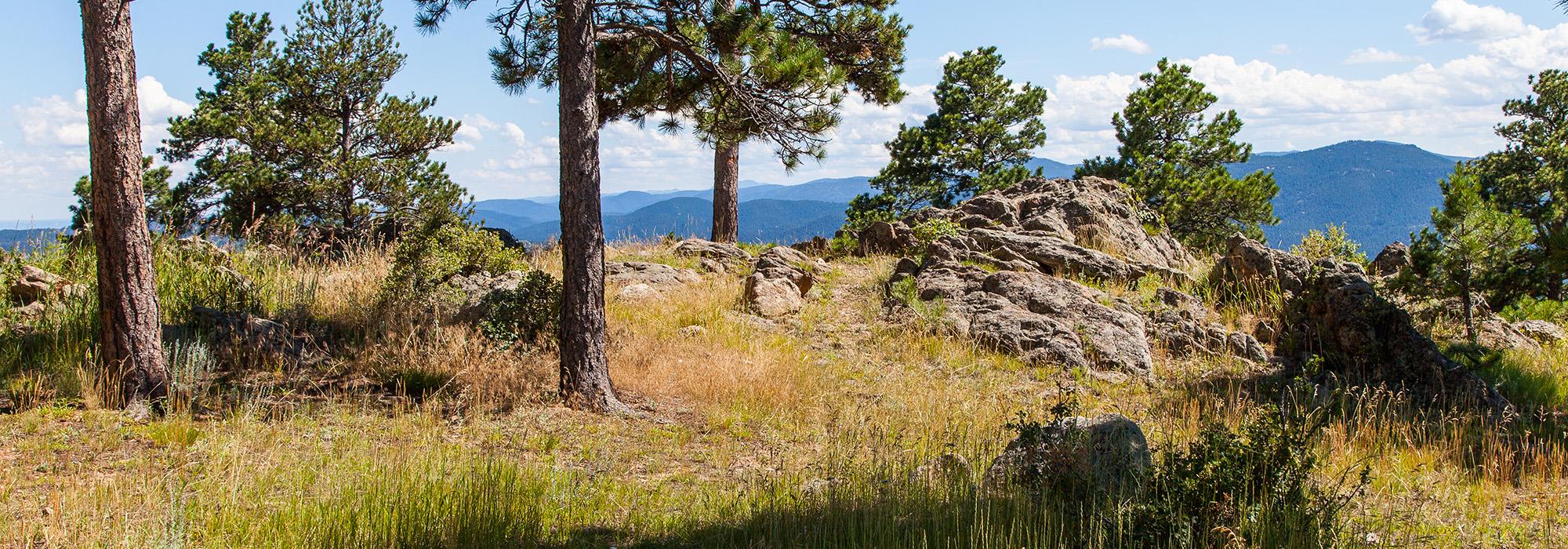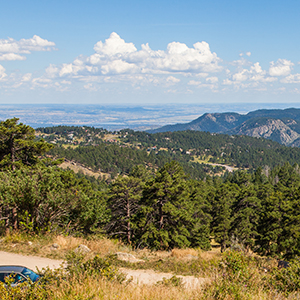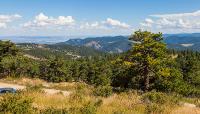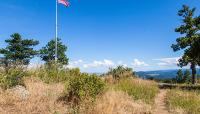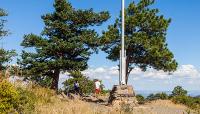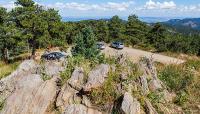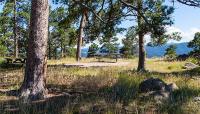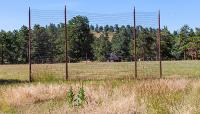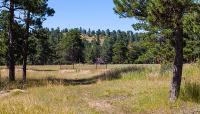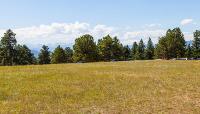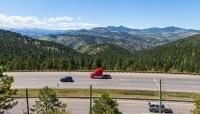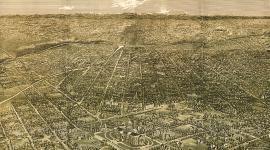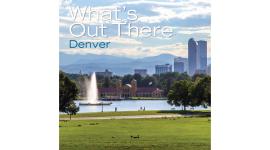Landscape Information
Located 20 miles from downtown Denver and comprising 2,413 acres of mountainous terrain reaching 8,284 feet above sea level, this was the first reserve in the Denver Mountain Parks System. Some 1,200 acres slated for lumber was set aside in 1913 and, one year later, Frederick Law Olmsted, Jr. recommended that the land be developed for recreation and to preserve views and wildlife habitat. That same year, a flagpole was erected atop the highest peak as part of a flag raising ceremony heralding the dedication of the park.
With Genesee Mountain to the south and Bald Mountain to the north, the park consists of two watersheds, numerous canyons and ridges, stands of ponderosa pine, spruce, and fir, and the scenic Genesee Mountain Road. Game preserves for buffalo, elk, and mountain sheep were established and, by 1917, a campground, picnic shelter, and the Chief Hosa Lodge accommodated park users. The latter two were “Rustic” structures designed by architect J.J. B. Benedict, complemented by his Genesee Shelter House built by the Civilian Conservation Corps (CCC) between 1937 and 1941. At this time, the CCC also constructed a parking lot with landscaped medians, installed fire rings at the picnic area, and regraded sections of the Genesee Mountain Road. Adjacent land continued to be acquired until 1936 and a dirt road was constructed to provide access to Beaver Brook Trail. In 1972 the construction of I-70 bisected the park, though this was done in such a way that it minimized visual impacts and included an underpass for wildlife. Today, the park is the largest in the Denver Mountain Parks System and was listed in the National Register of Historic Places in 1990.



